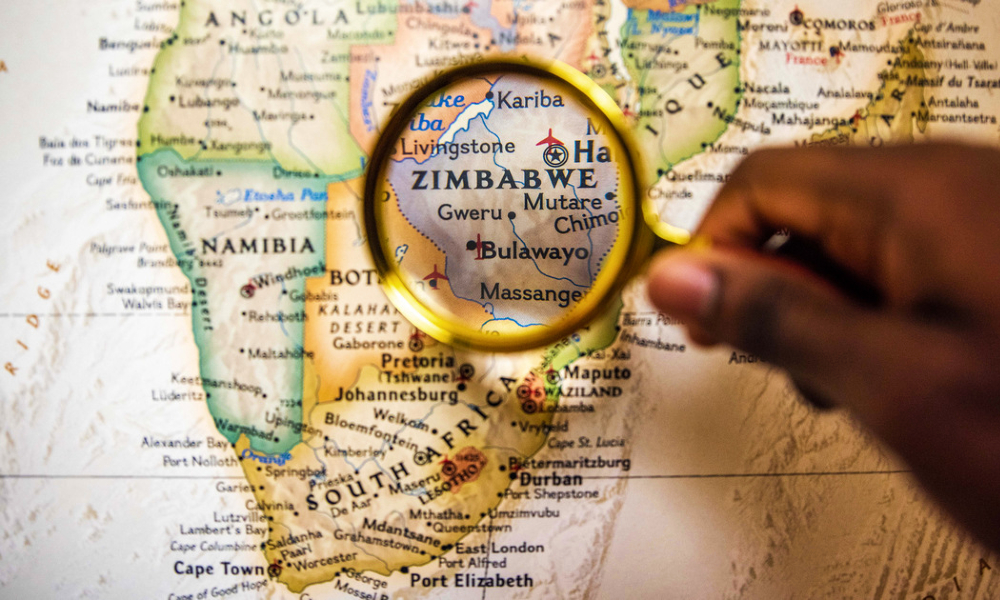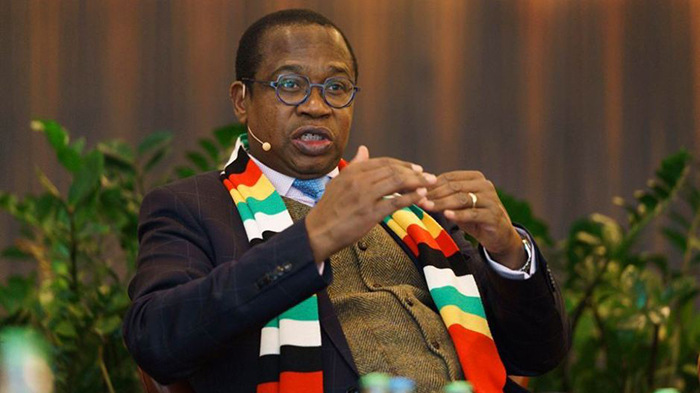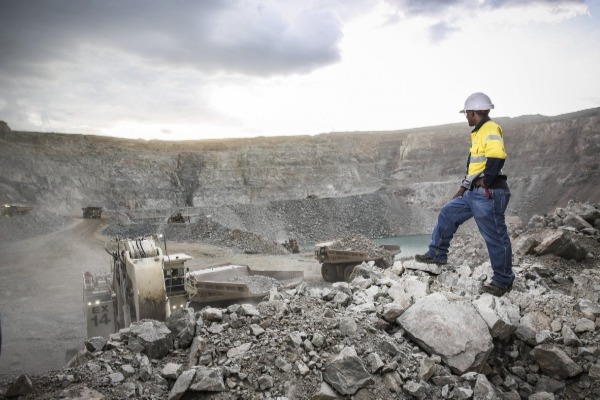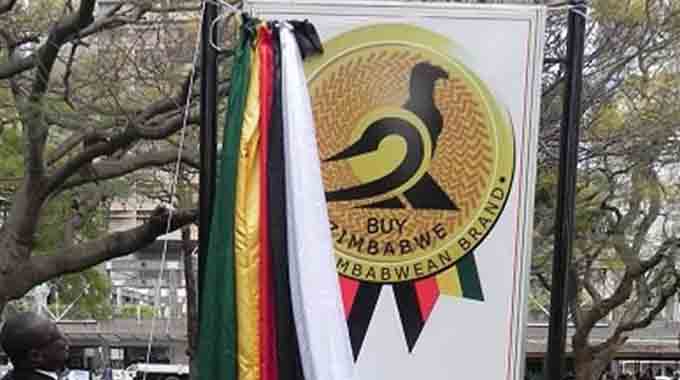Power firm seeks to establish thermal plant
ZHONGJIN Heli Energy (Private) Limited has applied to the Zimbabwe Energy Regulatory Authority (Zera) to construct, own, operate and maintain a 300 MW coal-fired thermal plant in Hwange, a significant development towards energy sufficiency.
Energy efficiency is critical under the National Development Strategy (NDS-1), which builds momentum towards the achievement of an upper middle-income economy vision by 2030.
The country’s economy is registering strides under the Second Republic, which has rejuvenated domestic and foreign investor confidence through comprehensive ease of doing business reforms.
The implementation of many high-impact economic projects across different sectors demands massive power generation and supply capacity, which the power utility, Zesa, cannot achieve alone.
In response, several private sector players have started rolling out new energy projects focusing on renewable power such as solar to ease the burden of load shedding and anchor continuous operations.
According to Zera, the project will be connected to the grid through the Hwange-Sherwood 133kV line at Zhongjin Heli power plant substation, complete with associated line bays.
Power generated will be supplied to Zhongjin Heli Energy (Private) Limited’s private customers.
Reads part of the application, “Notice is hereby issued in terms of section 4(3) of the Electricity (Licensing) Regulations, 2008 published in Statutory Instrument 103 of 2008 that the Zimbabwe Energy Regulatory Authority (Zera) has received an application from Zhongjin Heli Energy (Private) Limited to construct, own, operate and maintain a 300 MW coal-fired thermal plant in Hwange, Matabeleland North Province.
“The power generated will be supplied to Zhongjin Heli Energy (Private) Limited’s private customers,” said Zera.
In 2021, Zera said it received an application from the independent power producer, Zhongxin for a licence to establish a 50 megawatt coal-fired thermal power plant in Hwange District.
The project would include the construction of approximately 15km of 88(132)Kv Double Lynx line from the thermal plant to the existing Hwange 330/88Kv/33Kv substation.
The energy watchdog said the licence application was done in terms of Section 42 and 46 of the Electricity Act (Chapter 13:19).
The country is steadily moving towards energy sufficiency, which will eliminate load shedding as local generation and imports now meet daily demand of almost 2 000MW.
The last few years have seen the Government increasing its attention to boosting power output with the commissioning of Hwange Unit 7 and 8 last year, coming in strongly to inject 600MW, making Hwange Thermal the country’s major supplier of electricity.
On Monday, IPP contributed a combined 43 MW to the national grid.-chroncile









